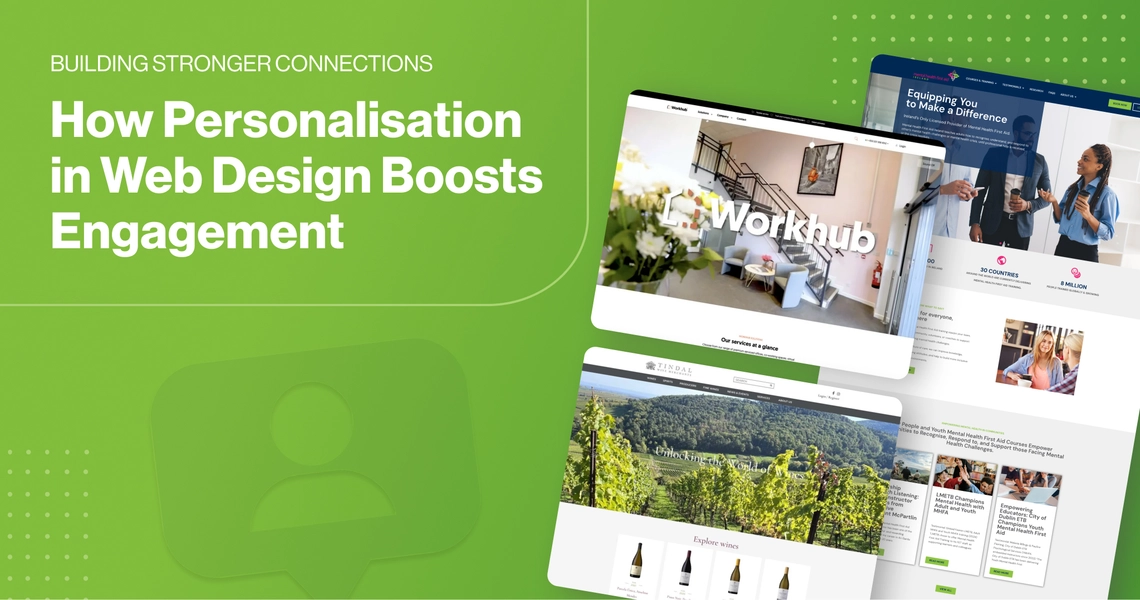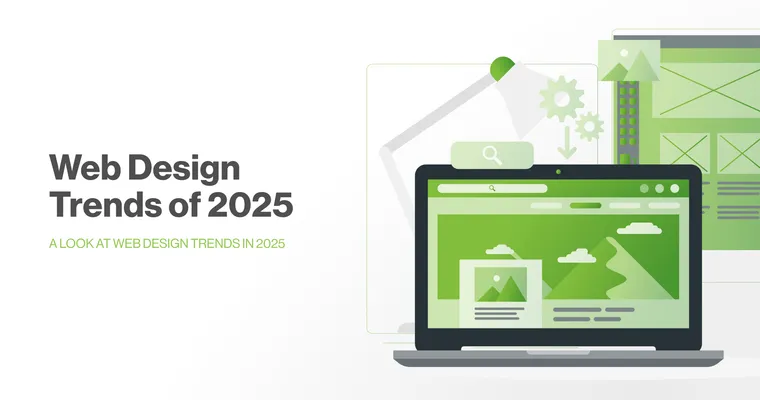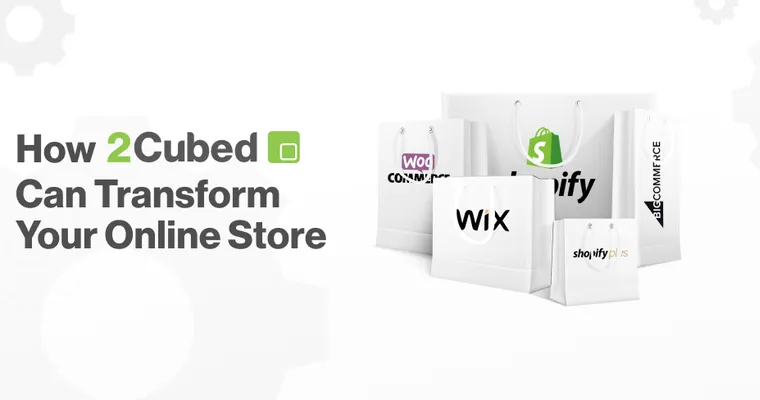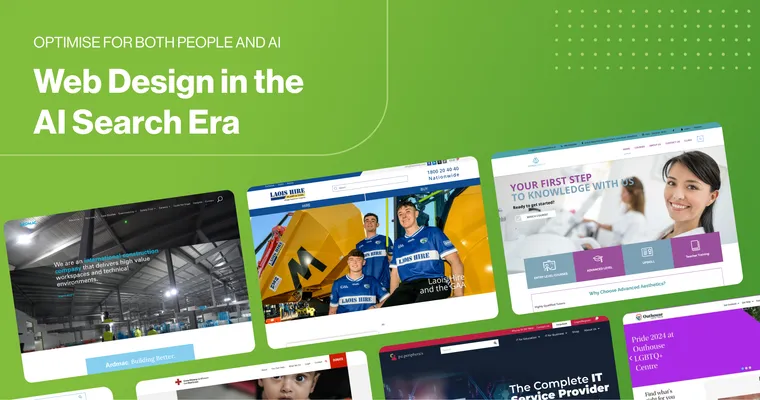Summary
Personalisation in web design goes beyond using a visitor’s name – it’s about tailoring the user experience to individual needs, preferences, and behaviour. Personalised websites can dramatically increase engagement, conversions, and customer satisfaction. This post explains why personalisation matters, how it works, and practical strategies businesses can implement in 2025.
Main Content
Why Personalisation Matters
Generic, one-size-fits-all websites no longer meet user expectations. Visitors expect relevant content, recommendations, and experiences. Benefits of personalisation include:
- Higher engagement: Users interact more with content tailored to them.
- Improved conversions: Relevant offers and recommendations increase sales.
- Enhanced loyalty: Visitors are more likely to return when experiences feel customised.
- Better data insights: Personalisation provides actionable information about user behaviour.
Types of Personalisation in Web Design
- Content Personalisation: Showing blog posts, products, or resources based on user interests.
- Behavioural Personalisation: Adapting layout or navigation based on previous actions (e.g., repeat visitors).
- Geolocation-Based Personalisation: Offering region-specific content or promotions.
- Dynamic Recommendations: Suggesting products, services, or resources using AI or algorithms.
- User Account Customisation: Logged-in users see dashboards, saved preferences, or personalised offers.
How Personalisation Boosts Engagement
- Relevant Messaging: Targeted headlines, CTAs, and offers keep visitors interested.
- Frictionless Navigation: Users quickly find what they’re looking for, reducing bounce rates.
- Interactive Features: Quizzes, surveys, and product recommendations create a two-way experience.
- Data-Driven Optimisation: Analyse user behaviour to continuously improve experiences.
AI & Search Optimisation Angle
AI allows dynamic personalisation at scale:
- Automatically tailor content to segments or individuals.
- Adjust page elements in real time based on engagement patterns.
- Improve metrics like time on site, pages per session, and conversions, which indirectly help AI search engines understand your site’s relevance.
Practical Steps to Implement Personalisation
- Use website platforms or tools that support personalisation features.
- Segment visitors based on behaviour, location, or demographics.
- Incorporate AI-driven recommendations for content or products.
- Test and optimise personalised experiences using A/B testing.
- Ensure personalisation is privacy-compliant (GDPR-friendly for EU/Irish businesses).
FAQs
Q1: Is personalisation only for eCommerce sites?
No. Personalisation can benefit any website, including blogs, service providers, and membership platforms.
Q2: Does personalisation slow down website speed?
If implemented poorly, yes. But modern tools and AI-driven solutions minimise performance impacts.
Q3: How can I start personalising my website on a budget?
Start small: personalised CTAs, dynamic content sections, or simple recommendations based on user behaviour.
Q4: Will personalisation improve SEO?
Indirectly. Higher engagement metrics (time on site, pages per session) signal relevance to AI-driven search engines.
Q5: How do I make personalisation GDPR-compliant?
Always inform users about data collection, provide opt-in choices, and handle data securely.



